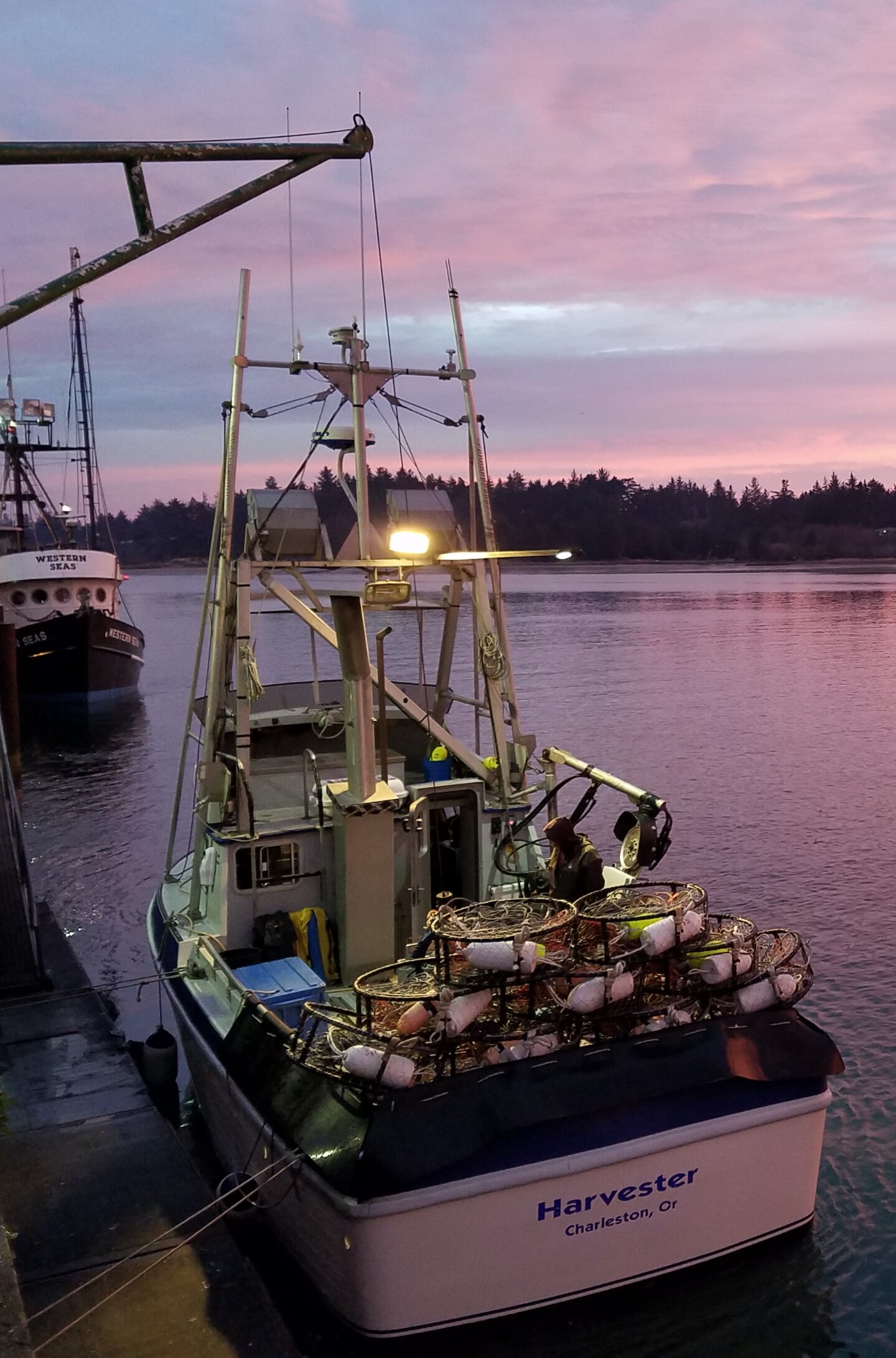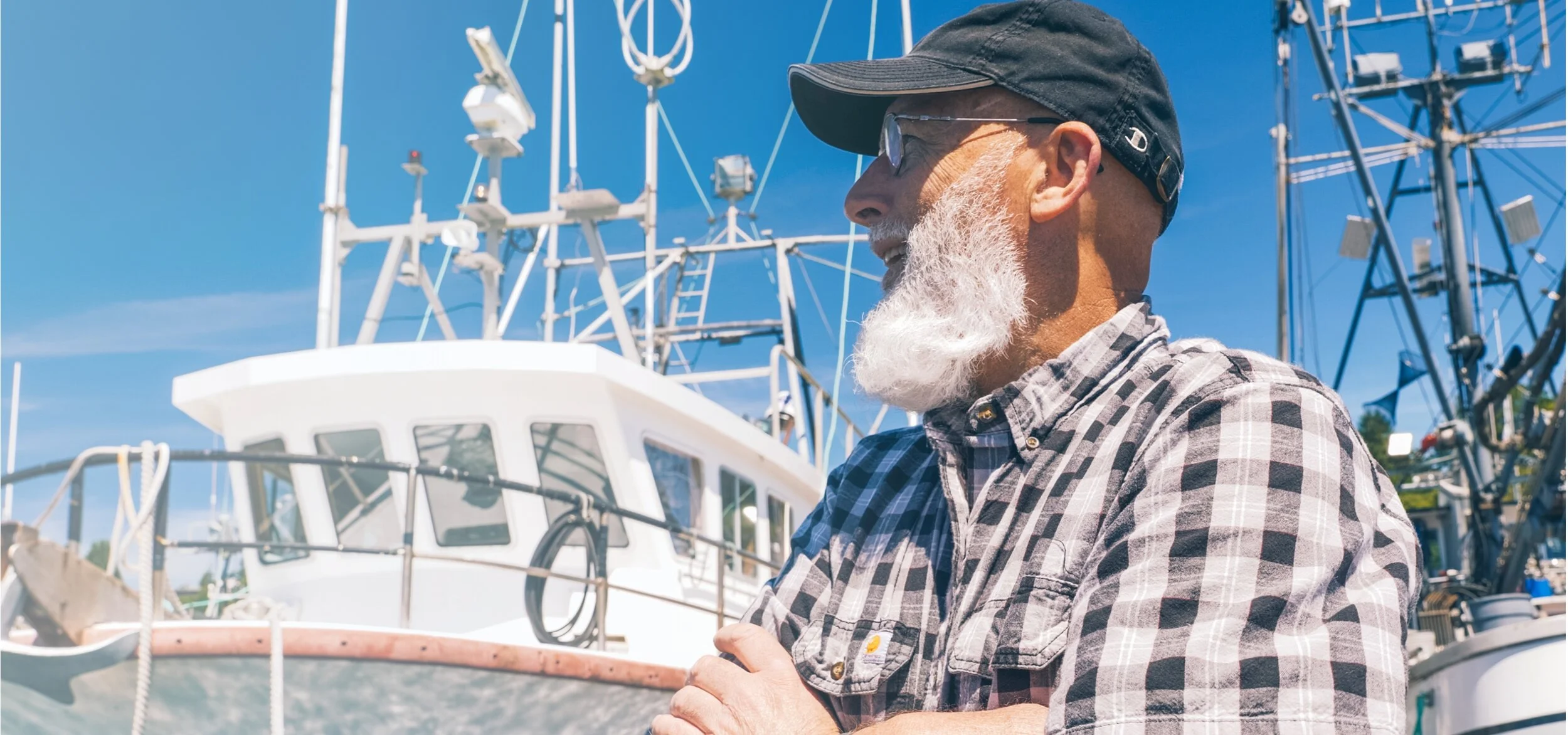
U.S. Leadership in Fisheries Management
The United States is a global leader in managing our fisheries resources and producing sustainable seafood for domestic and global markets thanks in large part to the Magnuson Stevens Fishery Management and Conservation Act, or more commonly known as “the MSA.”
The MSA is our nation’s overarching federal fisheries law governing fishing activity in the U.S. Exclusive Economic Zone (EEZ). Contained within the MSA are the 10 National Standards, principles that must be followed in all fishery management plans to ensure sustainable and responsible fishery management.
While the MSA has laid out the 10 National Standards, the law charges each of the eight Regional Fishery Management Councils (Councils) with implementing these governing principles. NMFS developed guidelines for each of the standards to assist the Council in enforcing them.
The Regional Council system is unique in that it is designed to allow regionally-specific, participatory governance by knowledgeable people with a stake in fisheries management. The eight Councils are important because they are the bodies that develop and implement regionally specific management measures and regulations. The Councils must ensure their fishery management plans (FMP), FMP amendments, and regulations follow the 10 National Standards and ensure the conservation and sustainability of our fisheries resources.
The process undertaken by the Councils is open, transparent, and public, and incorporates feedback and comments from stakeholders within and outside the fishing industry. The Councils consider numerous factors when developing management measures including the biological, ecological, social, and economic impacts of an action to ensure final management measures are balanced and do not cause undue harm to any one sector or system. The Secretary of Commerce ultimately approves the Councils’ work and has the final say on whether the proposed FMPs, FMP amendments, and regulations abide by the MSA and its National Standards.
This collaborative, transparent, science-based management process has elevated the U.S. to a global leader in fisheries management. By employing cutting-edge technology, incorporating rigorous scientific research, and comprehensive data collection methods, the Councils and the U.S. fishing industry have successfully rebuilt more than 40 stocks that were previously overfished, ensured the long-term health and sustainability of our ocean and marine resources, and helped to secure the future of fishing businesses and coastal communities.
Seafood Harvesters of America’s members are proud to support and contribute to the science-based, sustainable management of our fisheries resource and marine environment around the country.

What Makes U.S. Fisheries Management Unique?
U.S. fisheries management is, at its heart, centered on sound science and conservation to ensure the health and sustainability of our fisheries resources, fishing industry, marine habitat, and coastal communities.

U.S. Fisheries by the Numbers
*Fisheries of the U.S., 2019.
**Status of the Stocks, 2020.
***Fisheries Economics of the U.S., 2017.

How U.S. Fisheries are Managed
Our fisheries management system is required by law to be rooted in the best available science and abide by the 10 National Standards in the Magnuson Stevens Fishery Conservation and Management Act (the MSA).
Thanks to the framework within the MSA, our fisheries are managed in a continuous feedback loop that involves the eight Regional Fishery Management Councils (Councils), scientists, NOAA Fisheries (NMFS), and fishermen.
Each year, NMFS scientists and managers conduct surveys for more than 200 fish stocks within our Exclusive Economic Zone (EEZ). The data collected from these surveys is called “fishery-independent data” because it does not depend on commercial fishing efforts; it is based on established scientific methods and follows rigorous statistical protocols.
At the same time this data is being collected, commercial fishermen and seafood dealers are reporting detailed information about their harvest including the management area where they caught it, when they caught it, and how much of each species they caught. This data is called “fishery-dependent data” because it is data that details what is being harvested by commercial fishing efforts.
Fishery-independent and fishery-dependent data, along with additional ecological information about the reproduction, growth, and natural mortality of a fish stock, as well as many other ecosystem factors (water temperature, currents, trophic interactions and needs,
etc), are pulled into a stock assessment model. Stock assessment models provide snapshots of the long-term growth (or decline) of a fish stock and provide the technical and scientific basis for setting annual catch limits (ACLs).
Each Council has a Science and Statistical Committee (SSC) composed of expert scientists and researchers who interpret the stock assessment model results. The SSC makes management recommendations to the Council, including recommendations for ACLs. The Councils take this recommendation, consider the social, economic, ecological, and biological factors, hear public comment from fishing industry and other stakeholders, deliberate, and ultimately decide on a final management measure to adopt. All management measures adopted by the Councils must be reviewed and approved by the Secretary of Commerce.
As commercial fishermen harvest under one year’s management measures, they continue recording and collecting fishery-dependent data that will be included in the stock assessment model for the next year. Simultaneously, scientists and researchers are collecting important fishery-independent and other ecological and ecosystem data that will be used in the stock assessment models. Once the stock assessment models are complete, the SSC and Councils begin their deliberations again, listening to additional feedback from commercial fishermen about changes they’re witnessing on the water. This iterative, cyclical process allows for the constant fine-tuning of management measures to ensure our fisheries, fishing businesses, coastal communities, and oceans remain healthy.











